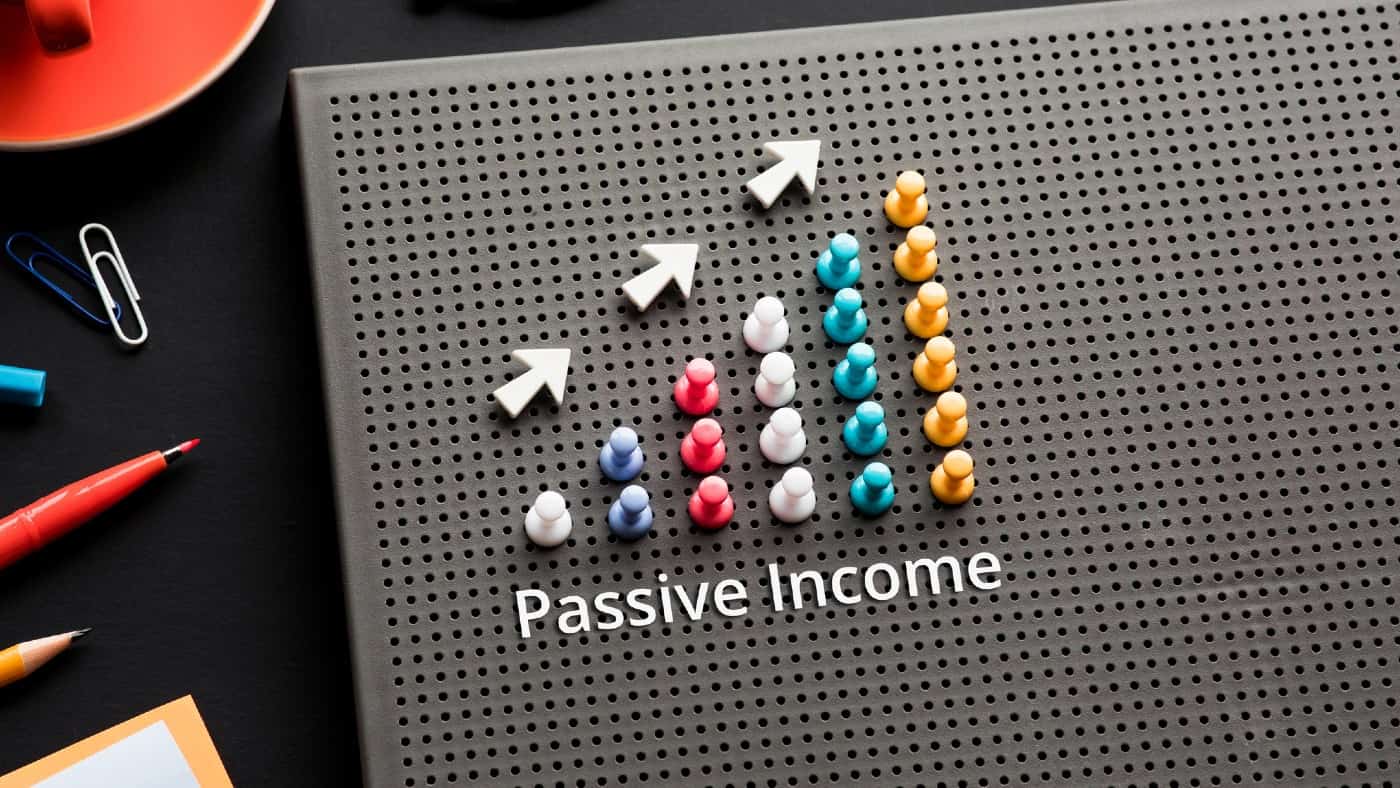Making money with minimal daily effort is the core of the passive income investment model. And the most effective method I have found to do this is buying high-quality shares that pay big dividends.
I always keep a core of four or five stocks that are specifically there to pay me a high yield. Currently, these are Phoenix Group Holdings (paying 9.98%), M&G (8.67%), Legal & General (7.66%), and Aviva (7.13%).
Occasionally I replace a lower-yielding stock with a higher-yielding one. In this case, I am considering replacing Aviva with British American Tobacco (LSE: BATS), which pays 9.8%. This would bring the average yield of my high-yield portfolio to just over 9%.
Investing £17,000 – the average amount in a UK savings account — could make me £18,623 every year in passive income. And maybe a lot more.
Why change holdings?
Broadly speaking, investment money goes to where it is best rewarded for the relative risks involved. And there are many options available to me to earn a decent return.
The 10-year UK government bond yield (‘the risk-free rate’) is around 4%, for example. So, just about 7% from Aviva does not cut it for me for helping to support its share price.
British American Tobacco is paying a very high dividend. It also looks very good value, with a price-to-earnings (P/E) ratio of just 6, against a peer group average of 11.
This means my dividend gains are less likely to be wiped out by huge share price losses. In fact, a discounted cash flow analysis shows the stock to be around 59% undervalued at its present price of £23.55.
Therefore, a fair value would be around £57.43, although this does not necessarily mean it will ever reach that level.
A risk in the stock is that the timing of its ongoing switch away from tobacco products slips. Another is its debt level — around £38bn (after accounting for its cash reserve).
This said, its H1 2023 results showed overall reported profit from operations rising by 61.4% from H1 2022 — to £5.935bn.
Also positively, ‘New Category’ (non-combustible) product revenues increased by 26.6%.
How are passive income returns maximised?
If I withdrew the dividends I made from my £17,000 investment then I would make £1,530 each year. This is based on an average 9% portfolio yield. Over 30 years, that would total £45,900.
However, if I reinvested the dividends back into the stocks, I would have £225,550 after 30 years, given the same average yield! That would pay me £18,623 a year in passive income, or £1,552 every month.
The vast difference in returns is due to ‘dividend compounding’. This is the same principle as compound interest in bank accounts, but rather than interest being reinvested, dividend payments are.
Even better for me would be if I also continued to regularly invest each month – even £500. If I did this, I could have the same £18,623 a year (or £1,552 every month), after just 13 years!
After 30 years, provided the yield averaged 9%, I would have £1,172,657. This would pay me £100,330 a year in passive income, or £8,361 every month.
Inflation would affect the buying power of my income. However, these figures underline how big passive income can result from much smaller initial investments.








